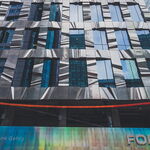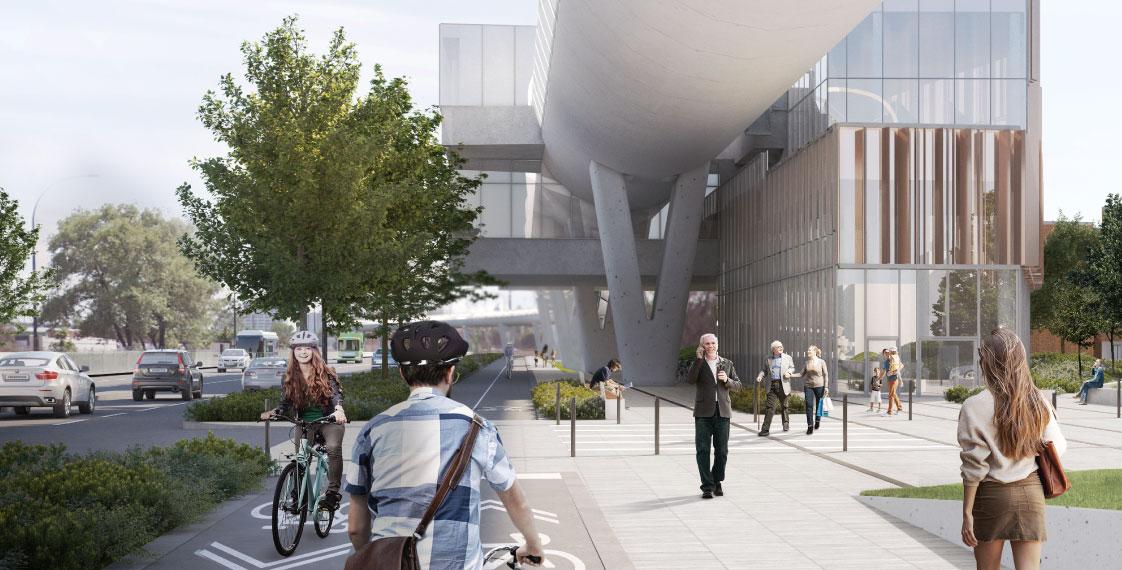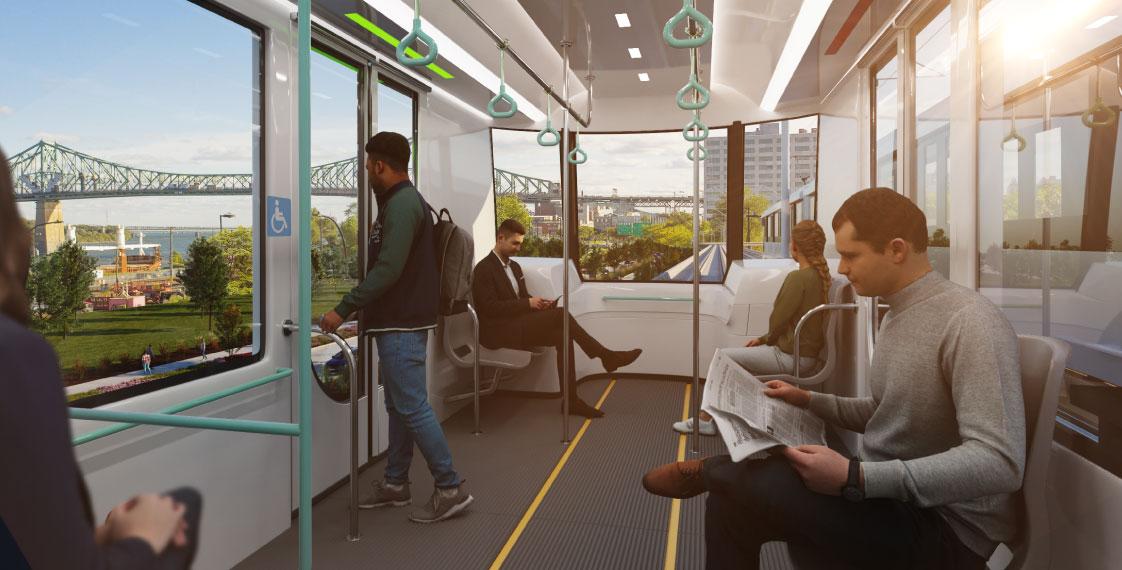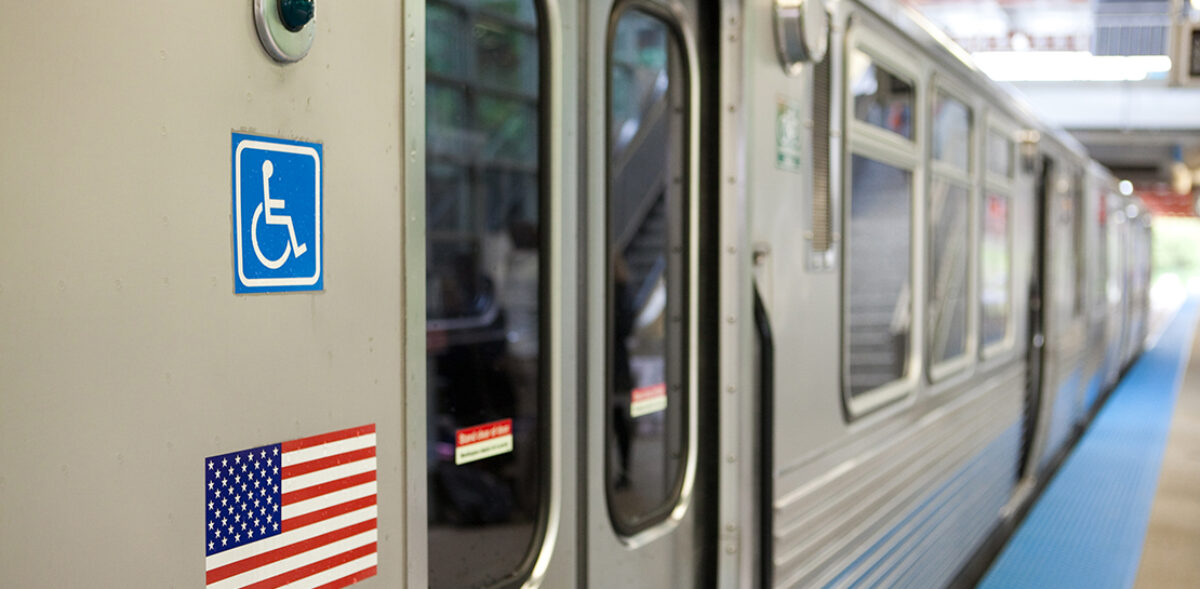drum118
Superstar
Again, the 401 "WAS TO BE A BY-PASS" as it was the shortest route with no vision Toronto was to be what it is today as well where it is. It was to by-pass places like Cambridge, KW, London, Kingston, along with many other places along the route, but it runs in the centre of a number of other places.No Drum, I have no clue about the history of Toronto or the 401.........
Really, must you be so condescending? I know all about the 401 and when it was built as the Toronto by-pass.
Really, wow, you wasted a post on all that.
I did not say I favoured removing the 401, I said I oppose its existence relative to context in the City.
Which is to say, I consider it bad urban planning that the Toronto by-pass was by-passed.
There is no practical ability to remove it now. I was not suggesting there was.
The Greenbelt should have been created in the 1950s and begun at the 401 and been inviolable, or we should have built the 401 further north.
****
You need to read posts in context Drum, I was replying to someone.
My point in replying was to say if you were purposefully designing a City you would never put the 401 as it is, where it is.
Its function is impaired, and its aesthetically and otherwise problematic.
Its too wide, its entrances/exits are often unsafe for pedestrians/cyclists, its unsightly, there are too few crossings, and its clogged, which defeats the point of efficient movement of goods and people.
My point was not that we should make it disappear.
How far north should the 401 been built and which town or city would see the same thing happen to it like Toronto?
Toronto isn't the only city like this today in the world.
Green Belt thinking like today didn't exist in the 40's-50's or 60's for building highways.
What will you expect the 401 will look like when the city is double the current size???
Hwy are for moving of goods since the RR shot themselves in the 50's by not moving good fast enough that on line business that use to use the RR move to transportation and to larger areas away from RR. It was also allow families to take trips.
NA lacks good intercity passengers trains as well lack a real transit system to get cars off the road. It will be interesting to see what REM does for traffic starting with phase 1 open, but more so after the system is open for 5 years.
As one who has driven in all 49 US states, their highways are bad as the 401 around cities as well some are slow going for 10's of miles well outside the city limits caused by convoys of 18 wheelers, especially climbing 2 lanes mountains.
At one time I could drive from Mississauga to Oshawa in an hour for work and good thing I don't do that anymore as I would be looking at 1.5-2 hrs today if not more.
Montreal is a slow moving hwy city if one going to Quebec City or to the east coast.
Planning to be in Montreal for the opening of the REM and then heading to the US for a holiday that will cost me an extra day of driving to get to where my first stop was to be on Sunday.









